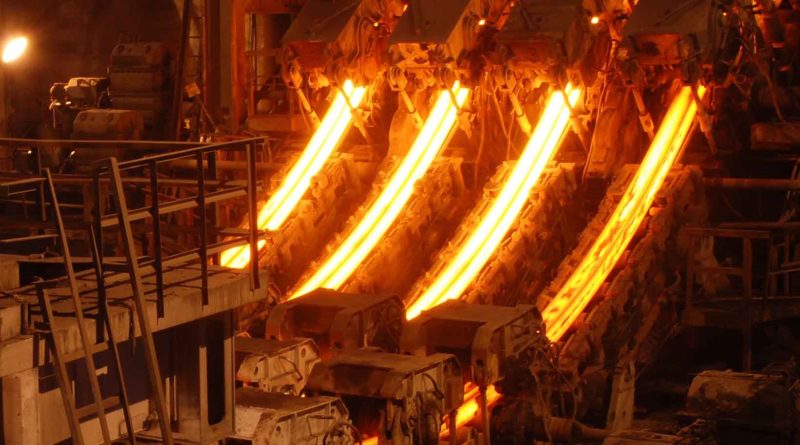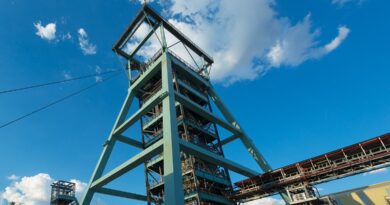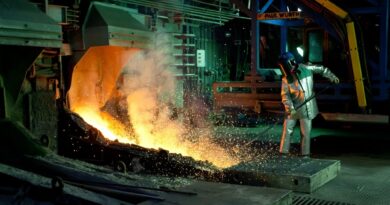Short range outlook for Chinese steel industry
Chinese steel demand contracted in both 2021 and 2022 as the Chinese economy decelerated sharply due to unexpected lockdowns that extended across the country.
The negative momentum in the construction sector that was seen in 2021 intensified in 2022: all key real estate indicators were in deeply negative territory. In 2022, the floor space of newly started projects
dropped by 39.4% and investment in real estate declined by 10.0%, the first year-on-year decline in 25 years. These acute declines will put pressure on construction activities in 2023-2024, but a slight pickup in the real estate sector is likely in the later part of 2023 due to government support measures. The recovery of real estate is expected to continue in 2024, but will only be moderate.
Infrastructure investment showed a strong pickup of 9.4% thanks to government support, but this was largely focused on less steel-intensive areas such as water supply systems, telecommunications, and logistics. In 2023, the infrastructure sector may continue to benefit from the projects initiated at the end of 2022, although growth may weaken in 2024 if no large-scale projects begin in 2023.
China’s manufacturing sector performance in 2022 was weak, although exports performed relatively well. The manufacturing sector is expected to show only a moderate recovery in 2023-2024, with slowing exports.
Automobile production grew by 3.4% in 2022, mainly driven by 11.2% growth in the passenger vehicles segment. Commercial vehicle production dropped by 31.9% in 2022. Another leap in new energy vehicle production was seen in 2022, with production jumping by 96.9% to 7.06 million units, which accounted for 25.7% of total vehicle production. In 2023-2024 the automotive industry is expected to show a slightly weaker performance as no new stimulus measures are expected to be introduced. After declining by 3.5% in 2022, China’s total steel demand is expected to grow by 2.0% in 2023. It is expected to stay flat in 2024.




